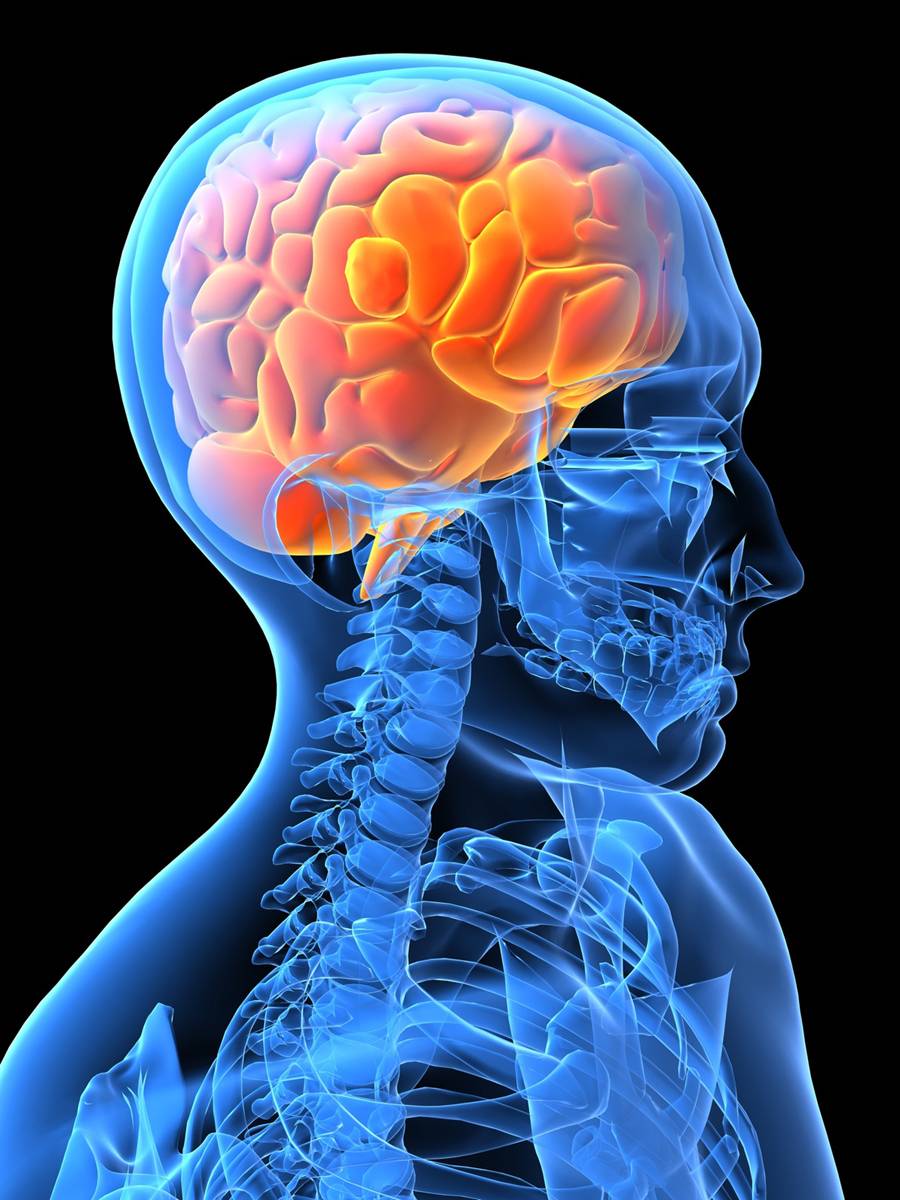Researchers at the University of California Los Angeles (UCLA) have discovered that iron deficiency in adolescence may affect brain structure in adulthood.
In the study, UCLA neurology professor Paul Thompson and his colleagues continuously measured transferrin levels in adolescents until they reached young adulthood. Transferrin is a protein that transports iron through the body and brain. They found that transferrin concentrations, which indicate iron deficiencies, affected how their brains’ macrostructure and microstructure differed at physical maturity.
The study emphasized in particular the importance of the teenage years in brain development.
“Adolescence is a period of high vulnerability to brain insults, and the brain is still very actively developing… we found that healthy brain wiring in adults depended on having good iron levels in your teenage years,” said Thompson to the UCLA Newsroom. “This connection was a lot stronger than we expected, especially as we were looking at people who were young and healthy—none of them would be considered iron-deficient.”
Thompson went on to explain the structural implications of iron deficiency.
“You wouldn’t think the iron in our diet would affect the brain so much in our teen years,” said Thompson. “But it turns out that it matters very much. Because myelin speeds your brain’s communications, and iron is vital for making myelin, poor iron levels in childhood erode your brain reserves which you need later in life to protect against aging and Alzheimer’s.”
Myelin consists of fatty sheaths that coat the brain’s nerve axons, allowing for the efficient conduction of nerve impulses.
The mineral can be readily found as medical prescriptions and dietary supplements, and has already been proven to cause cognitive problems in deficiency; the World Health Organization states on its website that iron is the most common nutritional deficiency worldwide. Researchers suspect this may be affecting cognitive achievement in schools. However, an excess of iron can also cause neurodegenerative diseases and damage to the brain; unusually high concentrations of iron have been found in the brains of Alzheimer’s, Parkinson’s, and Huntington’s patients.
Most students expressed surprise at the effects of iron deficiency.
“I was kind of shocked— I hadn’t known too little or too much iron could make that huge of a difference” said Jessica Kim, a sophomore at Irvine High School. “I guess I’d start watching out for iron in my diet a bit more now that I know about the degenerative effects and cognitive problems it can cause or prevent.”
Some also felt concern over what solutions there could be to the question of iron in one’s diet.
“I think we should be more selective about the foods we eat, but it’s not like we know how much iron is in a product or how to measure our intake that specifically,” said Steve Park, a sophomore at Woodbridge High School. “The solution, I guess, is to look out for these kinds of aspects? I think just knowing about iron deficiencies can help a lot of teens—I didn’t know iron levels had that big of an effect.”
The findings, which were published in the journal Proceedings of the National Academy of Sciences, may assist neurologists in understanding how iron transport affects brain development, function, and degeneration.




The article is perfectly detailed, as a scientific article should be. Not only that, the topic was in general very interesting. Great article!
Hey Sally!
Interesting article. I definitely learned something new today and I also think what I learned is an important topic that other young teens should be aware of. Nowadays, Alzheimer’s Disease reaches adults even before they reach the average age for AD. Especially with easy access to junk food and unhealthy edibles, I think this issue will become more serious in the near future.
I guess I’m reading this kind of late, but this article is really well-written. This has just enough information for any layman to understand, and just enough so that anybody who reads this wouldn’t be swamped with information. Possible additions could have been a list of iron-rich foods, but that’s just an extremely tiny point.